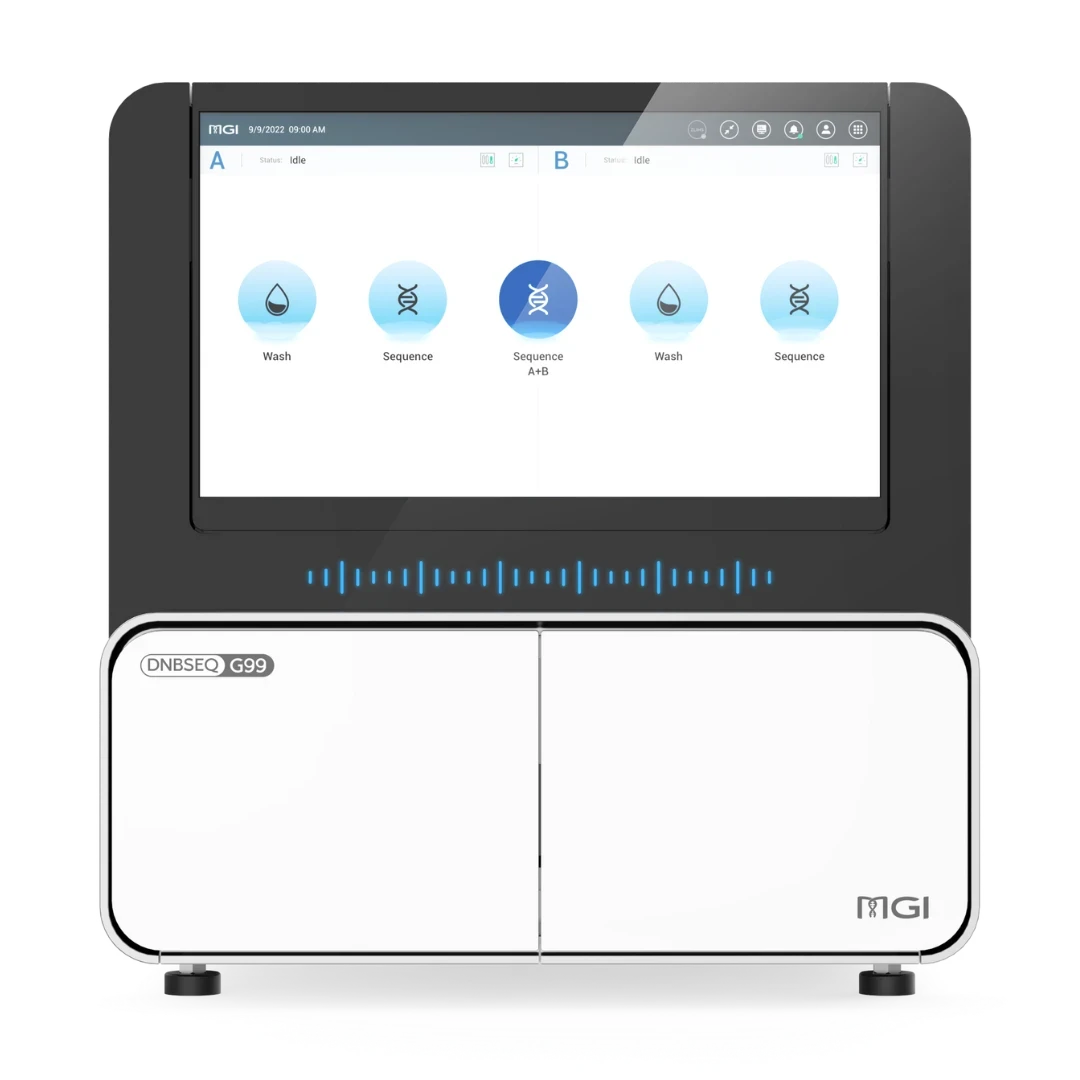Introduction to Next-Generation Sequencing (NGS)
Next-Generation Sequencing (NGS) has revolutionized genomic research by providing detailed insights into the genetic foundations of health and disease. This technology facilitates rapid sequencing of DNA and RNA, supporting extensive genetic analyses in various sectors including healthcare, agriculture, and environmental studies. Among the leaders in this field, MGI's DNBSEQ™ technology stands out, merging cutting-edge techniques with precise engineering to offer enhanced sequencing solutions.
The Evolution of NGS Technologies
From the inception of massively parallel sequencing technologies which marked a significant shift from traditional Sanger sequencing methods, NGS has continuously evolved. Introduced in 2005, NGS technology has drastically broadened its impact, enabling the exploration of genomic complexities at a speed and scale previously unattainable. MGI’s DNBSEQ™ technology exemplifies the pinnacle of these advancements by addressing common NGS challenges such as error rates, signal-to-noise ratios, and throughput limitations.
DNBSEQ™ Technology: A Paradigm Shift in DNA Sequencing
MGI's DNBSEQ™ introduces a groundbreaking shift in genomics, aiming to improve accuracy, efficiency, and scalability in DNA sequencing. Here's an in-depth look at how DNBSEQ™ technology refines the NGS workflow:
Preparation and Amplification
Innovative DNA Preparation: Utilizing a unique method for DNA single strand circularization, this initial step ensures high fidelity in sequence replication, critical for subsequent phases.
Rolling Circle Replication (RCR): This method is crucial for creating DNA Nanoballs (DNBs), which amplify the DNA template while minimizing the errors typically associated with PCR amplification.
Optimal DNB Loading and Sequencing
Efficient DNB Loading: By exploiting the electrostatic attractions between the negatively charged DNBs and positively charged slide surfaces, the technology strategically aligns DNBs, optimizing sequencing efficiency and data integrity.
cPAS Technology: MGI’s Combinatorial Probe-Anchor Synthesis technology significantly reduces the cycle time for each sequence iteration to under one minute, enhancing detection accuracy.
Advanced Base Calling and Data Processing
Proprietary Algorithms: The integration of MGI’s Sub-pixel Registration algorithm and GPU-accelerated processing enhances base calling accuracy and speeds up data analysis, pushing the boundaries of what is achievable in NGS data throughput and reliability.
Applications of DNBSEQ™ in Genomic Research
DNBSEQ™ technology's flexibility allows it to be utilized in various domains:
Clinical Research: Quick whole-genome and exome analyses help identify genetic markers linked to diseases.
Agricultural Genetics: Improves breeding programs in crops and livestock through precise genetic trait analysis.
Environmental Genomics: Supports biodiversity and ecological health assessments via metagenomics and environmental DNA (eDNA) studies.
The DNBSEQ™ Advantage in NGS
Opting for DNBSEQ™ technology in genomic research offers multiple benefits:
Increased Accuracy and Lower Error Rates: Incorporating DNA Nanoball technology and high-fidelity replication processes, DNBSEQ™ achieves unmatched accuracy in DNA sequencing.
High Throughput and Cost Efficiency: Optimized chip utilization and reduced reagent use lead to higher throughput and reduced costs, making extensive genomic studies more practical and affordable.
Enhanced Data Quality: Advanced base calling algorithms and improved signal detection ensure the generated data is both precise and actionable.
Engage with Cutting-Edge NGS Technology
MGI invites researchers, clinicians, and scientists to harness the potential of DNBSEQ™ technology to propel their projects and expand the body of genomic knowledge. We are committed to providing extensive support and training to maximize the benefits of DNBSEQ™ in your research endeavors.






